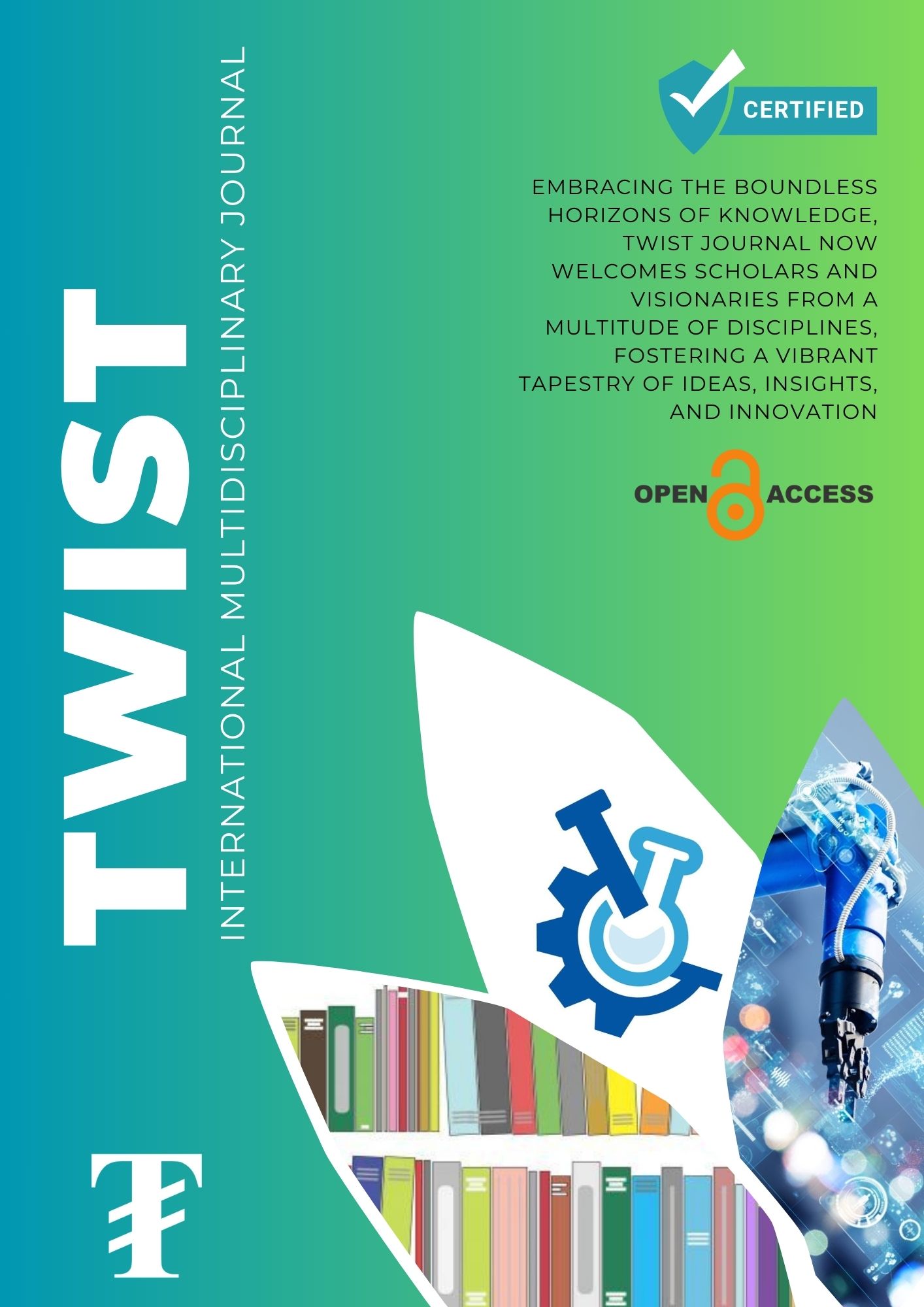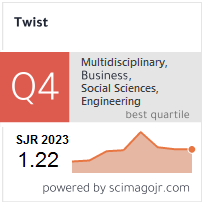6G Transformation Systems: AI-Powered Slicing for IoT and Terahertz Waves Applications
Keywords:
6G Network Slicing, 5G, Beamforming, Non-Orthogonal Multiple Access MIMO, QoS, Entertainment ContentAbstract
The arrival of 6G networks potentials to revolutionize telecommunications, driving innovation in key extents like the Internet of Things (IoT) and Terahertz (THz) wave applications. One of the most transformative features of 6G is the incorporation of Artificial Intelligence (AI) in network management, particularly through AI-powered network slicing. This approach enables dynamic resource allocation, ensuring that IoT devices and THz wave applications receive the optimal bandwidth and latency for their specific requirements. Moreover, the study evaluates the efficacy of different machine learning models across various categories within a 6G dataset. Bayesian Methods, K-Nearest Neighbors (KNN), Support Vector Machine (SVM), and Decision Trees (DT) are examined for their performance in distinct sectors. Bayesian Methods exhibit effectiveness in IoT-related applications but show limitations in categories such as Industry 4.0. KNN demonstrates high compatibility in IoT and non-GBR sectors, while SVM displays strong performance in non-GBR applications but struggles in others. Decision Trees perform well in IoT, non-GBR, and Industry 4.0 categories.
Ultimately, the research concludes that each machine learning model exhibits strengths and weaknesses, emphasizing the importance of selecting the appropriate model based on the specific requirements of each category within the 6G dataset. This nuanced understanding is critical for leveraging machine learning effectively in optimizing connectivity within 6G networks.
Downloads
Downloads
Published
Issue
Section
License
Copyright (c) 2025 TWIST

This work is licensed under a Creative Commons Attribution-NonCommercial-ShareAlike 4.0 International License.











